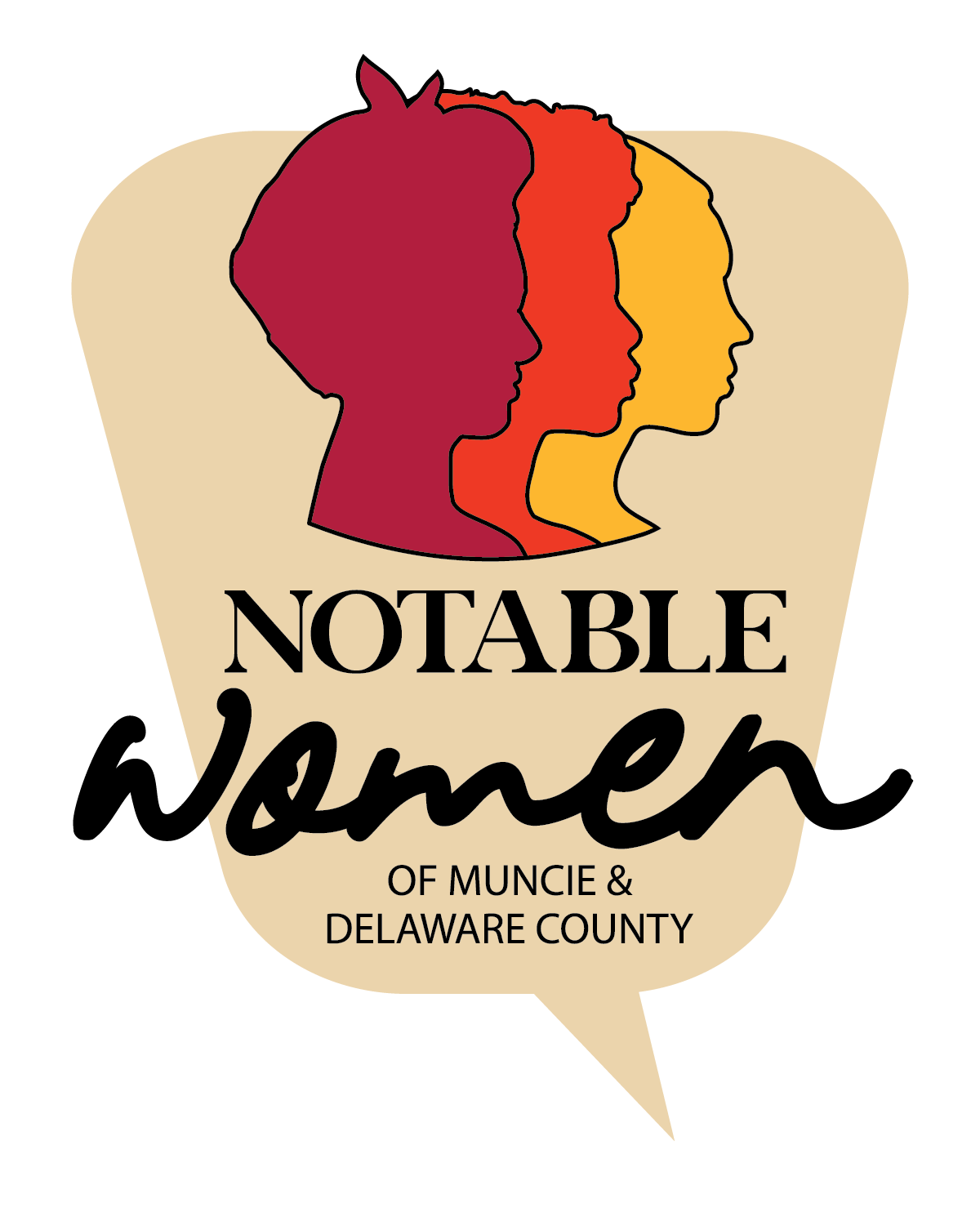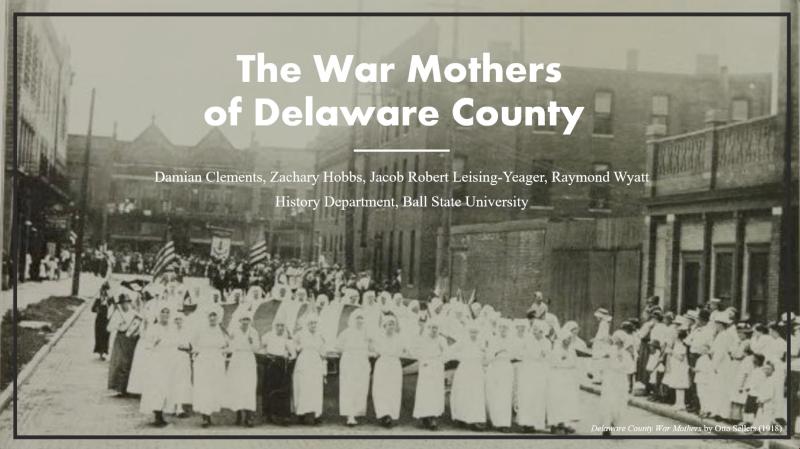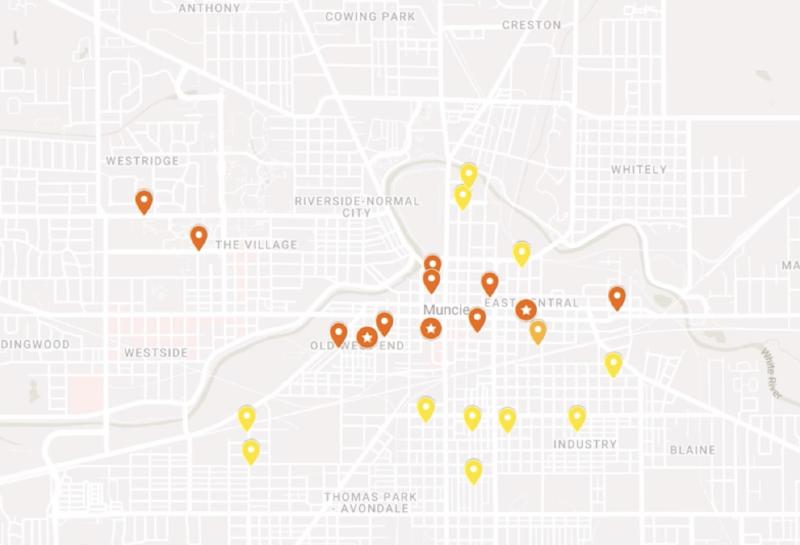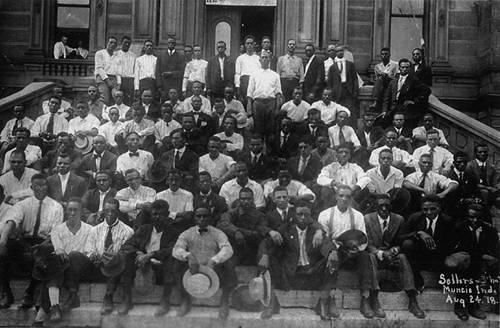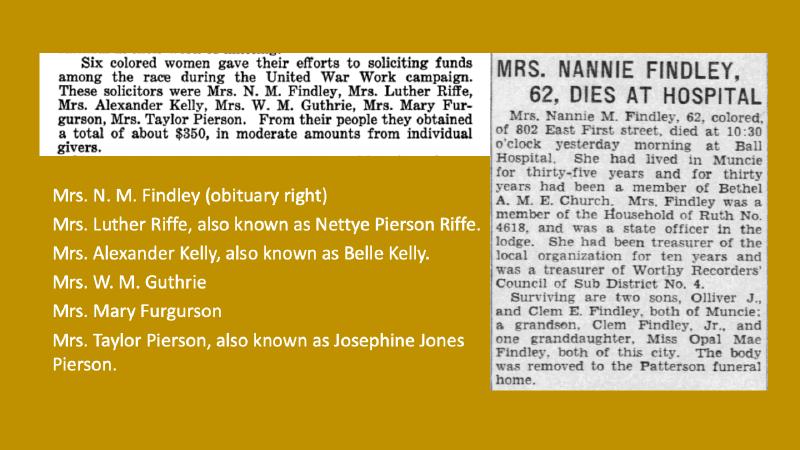The War Mothers of Delaware County
In September 1917, six months after the United States of America entered World War I, Alice Moore French founded the American War Mothers. This group began in Indiana with the aim of mobilizing women with enlisted sons to conserve food. In 1918 chapters opened in many Hoosier counties and across the country. Alongside other organizations, like the County Council of Defense led by Genevieve Hanna, the War Mothers supported government campaigns with extensive volunteerism.
This biography video was researched and created by Raymond Wyatt, Zach Hobbs, Damian Clements, and Jacob Leising-Yeager for HIST 200-02 (Fall 2023) at Ball State University.
Like many other civic groups representing Midwestern communities, the War Mothers of Delaware County had an all-White leadership drawn from the middle and upper class. As the biography video shows, these women were mostly native-born women from Anglophone backgrounds. The women who held leadership roles in the organization lived mostly in the city, as the map below shows. This is consistent with the location of womens clubs, churches, and meeting rooms that collected in Muncie's commercial center.
These women had the education and wealth needed to support their work as leaders in the War Mothers organization. Many women were already active in their neighborhoods, churches, and other clubs. They used these roles and networks to raise support and funds for enlisted men. Like many other women's organization of the late nineteenth and twentieth centuries, the War Mothers held annual conventions that brought local leaders together. The photograph below shows the first of these conventions.
The photograph above hides the larger participation of women across color and class lines in the war effort.
Written in 1919, Lannes McPhetridge's account of Delaware County during the war shows how contemporaries viewed service with a racial lense. When identifying enlisted men in the first third of the book, McPhetridge provides each White man's name, noting that they made up 2,550 out of 2,600 soldiers. Instead of combining all servicemen into one list, McPhetridge lists Black soldiers at the end of the book underlining their lesser position.
McPhetridge even claims to draw on someone else's knowlegde for this group: "Mrs. Findley, who acted as a volunteer historian of war work done by the Muncie colored folks, estimated that 150 soldiers of that race" enlisted. The photograph below shows many of those men, but a photo of their war mothers has yet to surface.
Mrs. Findley did not work alone. She joined other Black women, who formed their own War Mothers association that paralleled the White women's work. Like the White women who filled office roles in the War Mothers organization, these Black women already contributed to churches, fraternal organizations, and social and labor unions.
Findley and McPhetridge's accounts show that the same women were at the forefront of all community work in this period. The obituary below for Mrs. Nannie M. Findley, whose son Clem went to war, reveals her long-standing civic contributions.
The economic and geographic distance between the Black and White mothers of enlisted men was sometimes substantial and sometimes slim. Investigating the War Mothers' work shows how racial segregation persisted in volunteerism. Yet the similarities in Black and White women's activties are clear. Women across the color line played an important role in their civic and church communities well beyond the short time that the country was at war.
Watch the methodology video below to see how the team approached this project.
This methodology video was created by Raymond Wyatt, Zach Hobbs, Damian Clements, and Jacob Leising-Yeager for HIST 200-02 (Fall 2023) at Ball State University.
Unlike most of the women who participated in the War Mothers, Freda Fleischer spoke little to no English when she lived in Muncie. Click on her name to learn more about her important role in the city's economy as an immigrant and boarding house-keeper.
